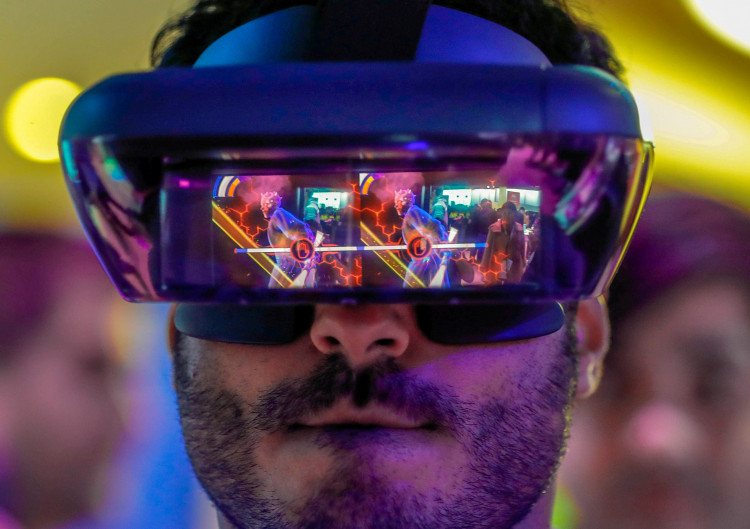Niantic Labs is letting anyone get their hands on the technology that powers "Pokémon Go" and "Pikmin Bloom" so they can create their own augmented reality and metaverse apps.
Lightship, an AR Developer Kit (ARDK), will make creating augmented reality experiences easier. This open-source technology will aid Niantic in laying the groundwork for their concept of a "real-world metaverse."
Even as Facebook changes its name to Meta and advertises a future dominated by VR headsets, Niantic is proposing an alternative: a metaverse that brings people together in person, rather than in a virtual environment, during the program's launch livestream.
"At Niantic, we believe humans are the happiest when their virtual world leads them to a physical one," Hanke said. "Unlike a sci-fi metaverse, a real-world metaverse will use technology to improve our experience of the world as we've known it for thousands of years."
The existing Niantic games place a strong emphasis on getting outside and meeting new people. Certain features of "Pokémon Go," such as legendary raid battles, were only playable if enough players worked together at the same time before implementing pandemic-era improvements to play remotely.
Ninatic's toolkit allows developers to construct real-time 3D mesh maps so that apps can understand the surfaces and terrain of the world around them. Other APIs will assist apps in distinguishing between various features of an environment, such as the ground, sky, water, and structures. Developers can also use the toolkit to create apps that allow up to five players to participate in the same AR multiplayer session while keeping all of their content and interactions in sync.
The majority of the tools are free. Regardless of how many users an app has, the multiplayer APIs will be free for the first six months. After that, if the APIs are utilized in an app with more than 50,000 monthly active users, Niantic will charge a fee.
Niantic is already working on a major update for Lightship for next year, which will include a "visual positioning system" for AR glasses, according to Hanke.
Glasses with displays will be able to understand exactly where they are in the actual world utilizing the new approach, allowing virtual objects (such as Pikachu) to remain anchored to real-world locations constantly.






